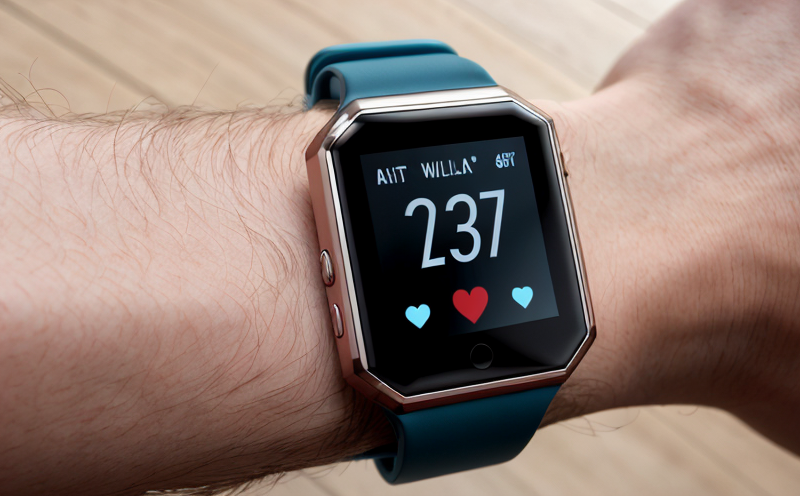ISO 18562-2 Particulate Emission Testing in Breathing Wearables
The ISO 18562 series of standards is designed to ensure the safety and performance of breathing apparatus used in various environments. Specifically, ISO 18562-2 addresses particulate emission testing for such devices, focusing on the prevention of inward contamination of breathable air. This service ensures that breathing wearables do not inadvertently draw in harmful particles from their surroundings.
The test is particularly critical for medical-grade and industrial respiratory protection gear used in environments where contaminants are present. This can include healthcare settings, mining operations, construction sites, and other locations with potentially hazardous airborne particulates. The standard outlines the methodology to determine whether a breathing apparatus has sufficient filtration capabilities to prevent the ingress of harmful particles.
The testing process involves exposing the breathing wearable to known concentrations of particles under controlled conditions. Instruments capable of measuring particle size distribution and concentration are used. Once exposed, the device is analyzed for inward contamination levels. Compliance with ISO 18562-2 ensures that the device maintains a safe environment for the user, thereby protecting against potential health risks associated with particulate inhalation.
This service is essential for medical device manufacturers, as it helps them ensure their products meet regulatory requirements and deliver safe performance. By adhering to this standard, companies can enhance consumer trust and compliance with international safety regulations.
Why Choose This Test
The ISO 18562-2 particulate emission test is crucial for medical device manufacturers and quality managers responsible for ensuring the safety of their products. Compliance with this standard not only ensures that breathing wearables meet international regulatory requirements but also enhances consumer trust in the product's reliability.
- Ensures compliance with global standards, such as ISO 18562-2, which is recognized internationally.
- Protects users from inhaling harmful particles, thereby enhancing safety and reducing health risks.
- Enhances brand reputation by demonstrating a commitment to product quality and user safety.
- Avoids legal liabilities associated with non-compliance or product failure.
By choosing this test, companies can ensure their products are robust, reliable, and meet the highest standards of safety. This is particularly important for medical devices that may be used in critical environments where user safety is paramount.
Environmental and Sustainability Contributions
The ISO 18562-2 particulate emission test plays a significant role in environmental sustainability by ensuring the safe use of breathing wearables. By preventing harmful particles from being drawn into the breathable air, these devices contribute to cleaner environments both inside and outside the workplace.
For instance, in industrial settings where mining or construction operations are conducted, the prevention of particulate emissions can lead to reduced air pollution levels. This is especially beneficial in areas with poor air quality, where such equipment can play a crucial role in maintaining worker safety without exacerbating environmental issues.
The test also supports sustainability goals by ensuring that products perform efficiently and effectively, thereby reducing waste and the need for frequent replacements. By adhering to this standard, manufacturers contribute to a more sustainable future, promoting health and safety while minimizing environmental impact.
Use Cases and Application Examples
| Use Case | Application Example |
|---|---|
| Hazardous Environment Protection | Mining operations where dust particles are present. |
| Healthcare Settings | Surgical environments requiring sterile air. |
| Construction Sites | Operations involving concrete and stone cutting. |
| Industrial Plants | Powder handling and processing areas. |
- The test ensures that the breathing wearable effectively filters out particulates, making it safe for use in all listed environments.
- In surgical settings, compliance with ISO 18562-2 guarantees that only sterile air is delivered to the patient and surgeon.
- On construction sites, this standard helps prevent workers from inhaling potentially harmful dust particles during stone cutting operations.
The test results are crucial for ensuring that breathing wearables function as intended in all specified use cases. This contributes significantly to both user safety and environmental sustainability.





